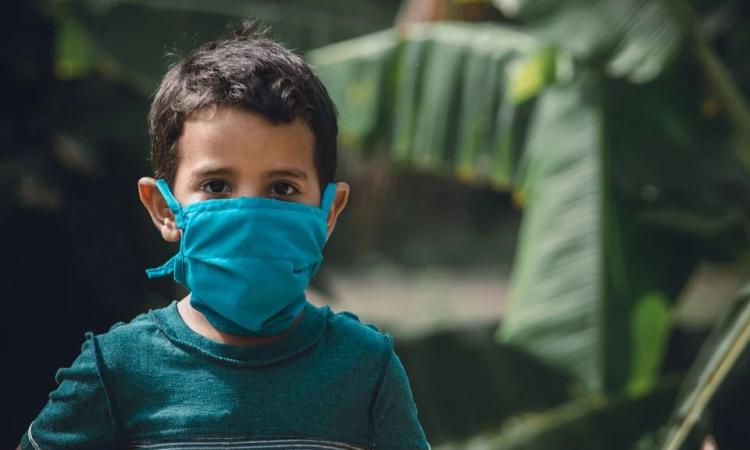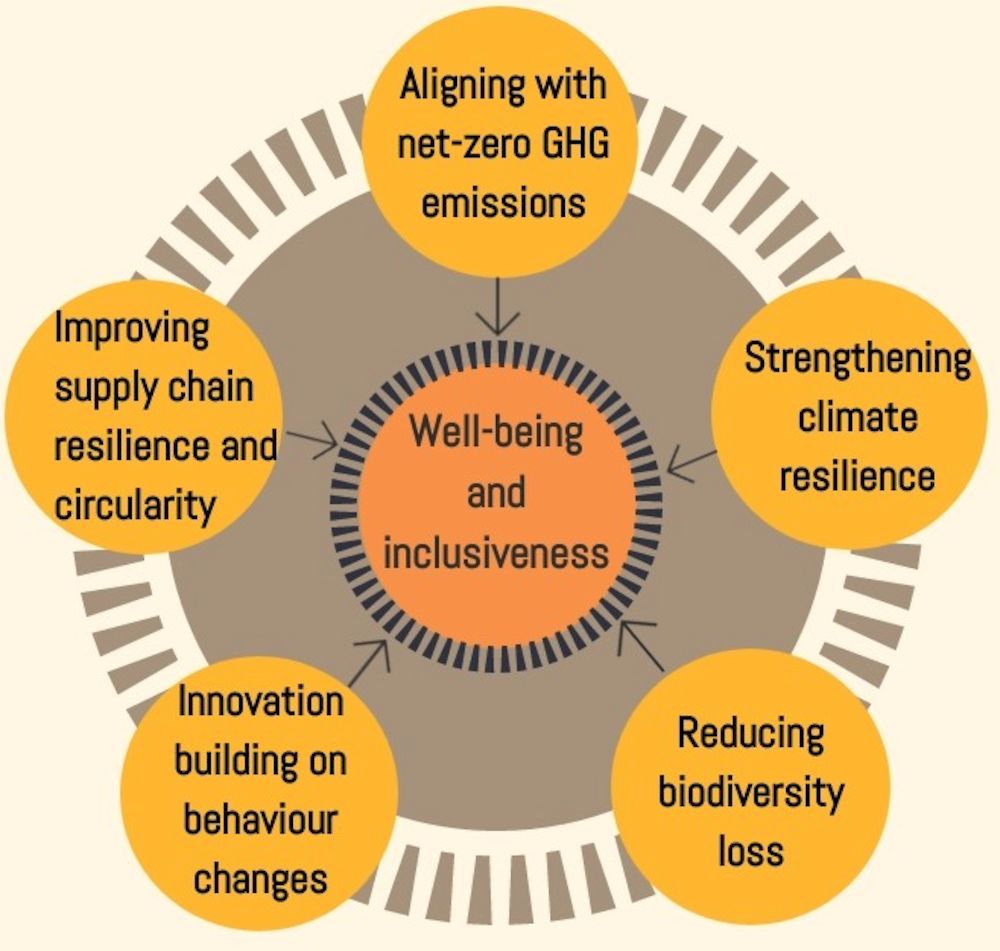
Against the backdrop of human-induced hazards and disaster risks, the Sendai Framework for Disaster Risk Reduction (SFDRR) articulates the need for an improved understanding of disaster risk in all its dimensions of exposure, vulnerability, and hazard characteristics as well as the strengthening of disaster risk governance (UNDRR, 2015).
The emerging consensus on conceptualizing and understanding disaster risk as systemic (GAR 2019), is expected to provide a comprehensive view of disaster risks. The very nature of systemic risks, not only challenges scientific investigation, but also society as a whole.
The COVID-19 pandemic is a perfect example of this challenge - how systemic risk translated into a disaster when hazards (biological in this case) interacted with the contemporary and historical realities of embedded and endogenous vulnerabilities.
As we embrace the call of ‘Disaster Risk Management is everyone’s business’, with the growing uncertainties and emergent nature of disaster risk, there is an urgent need to adopt more inclusive, participatory, accountable, transparent, effective, efficient and equitable ways of disaster risk governance.
In line with the theme of 2020’s International Day for Disaster Risk Reduction (IDDRR) - #ItsAllAboutGovernance - as the world gears up to re-imagine the ‘new normal’ with strategies of resilient recovery and sustainable development, the Member States of BIMSTEC came together and discussed the lessons that were learned through a virtual workshop.
The discussions on disaster risk governance encompassed multi-sectoral, multi-departmental, multi-hazard, and trans-disciplinary dialogues so that the experiences can be used to prepare us better for the emergent disaster risks & uncertainties of tomorrow.
The Gujarat Institute of Disaster Management published a document developed as an outcome of the 2-day virtual workshop conducted jointly by the Government of India and the Gujarat Institute of Disaster Management for the BIMSTEC Member Countries on the 17th and 18th of September, 2021.
Grounding ourselves to the realities of systemic risk
While we come together to plan for a green and resilient recovery from the pandemic, it is pertinent that we understand that the construct of disaster risk, exposure, vulnerability, and coping capacity is often endogenous. A risk is realised or manifested into reality when these endogenous vulnerabilities, seeded into our systems for years, are triggered by a chronic or acute event, often termed as a hazard.
While we rebuild our systems (healthcare systems or social protection systems for e.g.), furnish or re-vamp them, we need to take into account that the ways these systems are constructed or operationalised, in some way or the other, contribute to the creation of risk – this process of risk creation or accumulation is systemic and socially constructed. Thus, during recovery towards building resilience, our aim should be to attend to these engraved vulnerabilities of our exposed communities.
Issues with the governance of systemic risk
Systemic risk governance has become synonymous with strengthening resilience to transboundary and global risks in the financial sector, strategic economic infrastructure, and global supply chains, since the very term - systemic risk – comes from the finance sector.
Systemicity of risk is neither understood nor appreciated and addressed at local levels. Understanding of risk is typically focused on the hazard triggers, in particular on extreme events based on our past memories. Very little attention is given to understanding the probability of occurrence of infrequent and difficult to estimate ‘black swan’ events.
Far less attention is given to the underlying pre-existing conditions of exposure and vulnerability, which actually exacerbates the effects and impacts (consequences) of a realised risk. Stereotypical (conventional) risk management strategies tend to focus on strengthening resilience without realising that resilience is not merely a state to be achieved but a continuous process.
Rarely one gets to see that disaster risk governance measures are focussed on effectively avoiding the social construction of risk. The focus seems to be more on protecting the privatized gains rather than the socialized risks.
Towards an actionable paradigm for the governance of systemic risk
While it is true that disaster risk governance should ideally not require dedicated resources and should not be limited to one dedicated department or ministry of the government – the concerns of disaster risk should be implicitly mainstreamed into the working and functionalities of all departments.
Rather than explicitly focussing on governing disaster risk, the machinery should focus on governing the achievement of sustainability and resilience, implicitly addressing the processes that systemically generate risk, rather than handing over the responsibility of managing the consequences to a selected few departments or ministries.

Recovery from COVID-19: Space for a paradigm shift
- The pandemic and the ensuing economic crisis have underscored the importance of environmental health and resilience as a critical complement to public health.
- Better air quality, improved water quality, effective waste management, and enhanced biodiversity protection will not only reduce the vulnerability of communities to pandemics, but will also improve overall societal well-being and resilience.
- Strong recognition of the interconnected of systems forcing coordinated action.
- Opportunity to use fiscal stimulus packages to address social and environmental risks increasing resilience and addressing the bigger threat of climate change.
Key recovery strategies from pandemic
- Health first: Saving Lives through increased health spending and vaccination coverage
- Protecting the most vulnerable through Social Insurance and Social Assistance programmes
- Ensuring food security and expanding agriculture production
- Enabling digitalization and automation
- Livelihood assistance: Job creation; rebuild skills, nurture and increase women’s participation in the workforce, increase food production and distribution
- Long Term: Improved supply chain management, improved infrastructure, reimagining space
- Various “green” sectors and activities offer significant prospects for job creation like ecosystem restoration, renewable energy, organic farming, reskilling etc.
- New Investments in water and sanitation; access to transportation; affordable and reliable energy; digital connectivity and E-commerce platforms
- More diversified and localized production and shorter supply chains in selected sectors
- Decongestion of cities to larger rural spaces in developed/ developing economies, need for improved space and energy efficiency in housing as people work from home, better use of public transport infrastructure and shift from cars to electric scooters and bikes with space to accommodate such traffic, space for enhancing exercise and leisure activities
The document can be viewed here
/articles/understanding-disaster-risks-systemic-construct